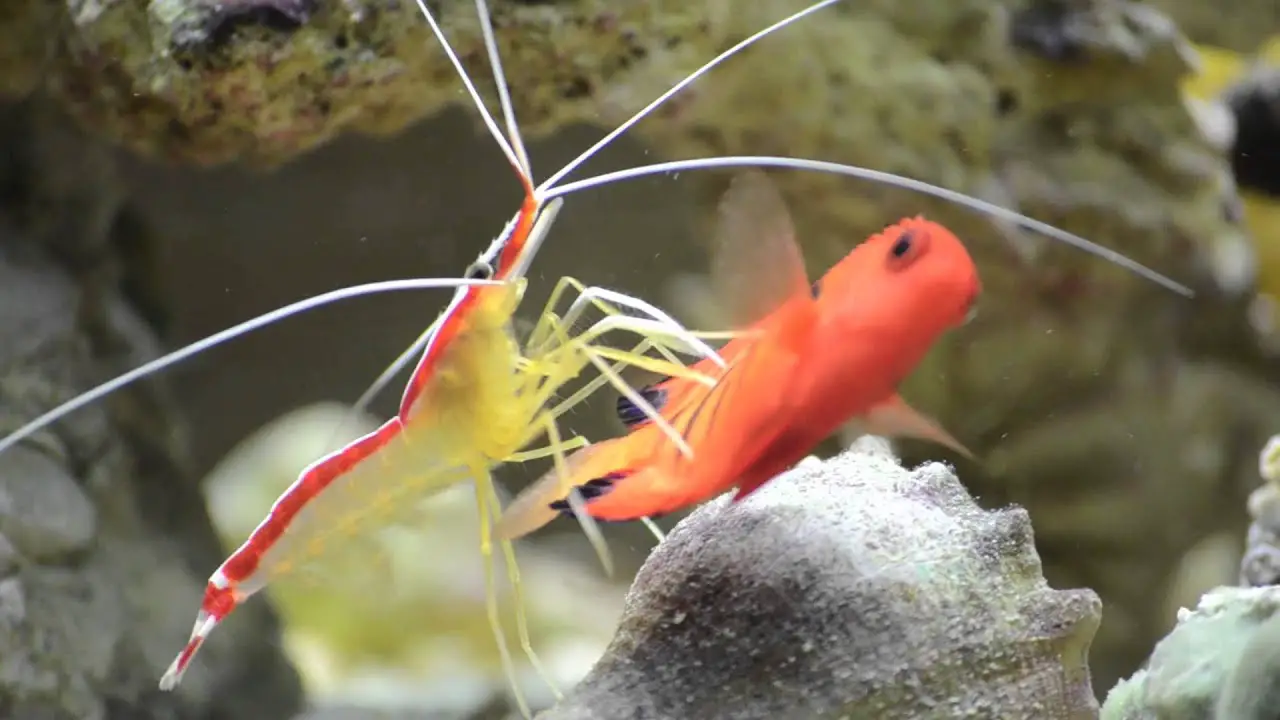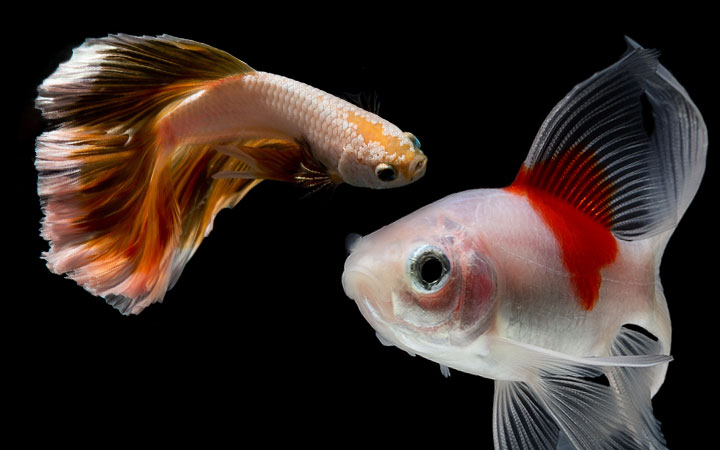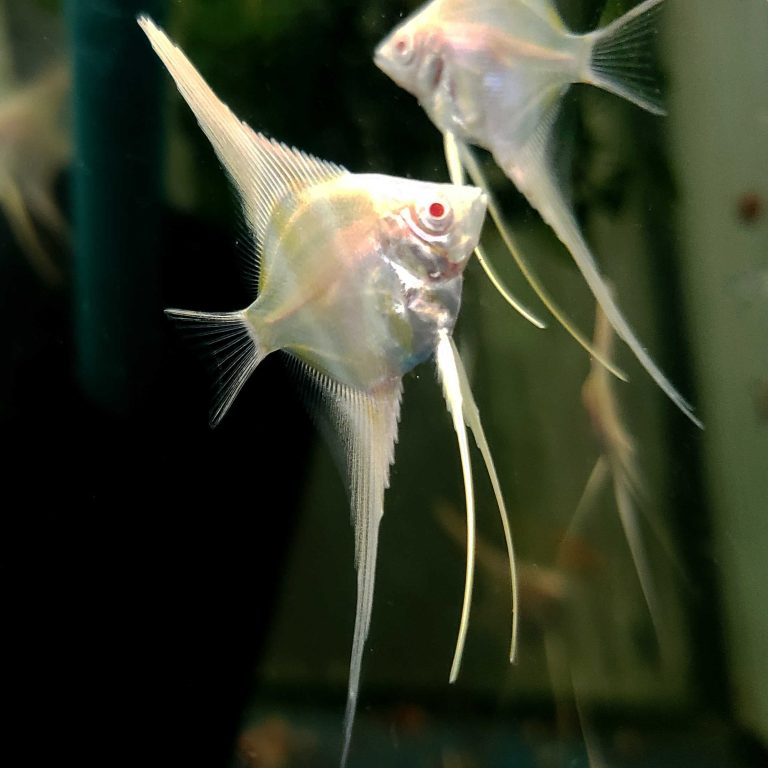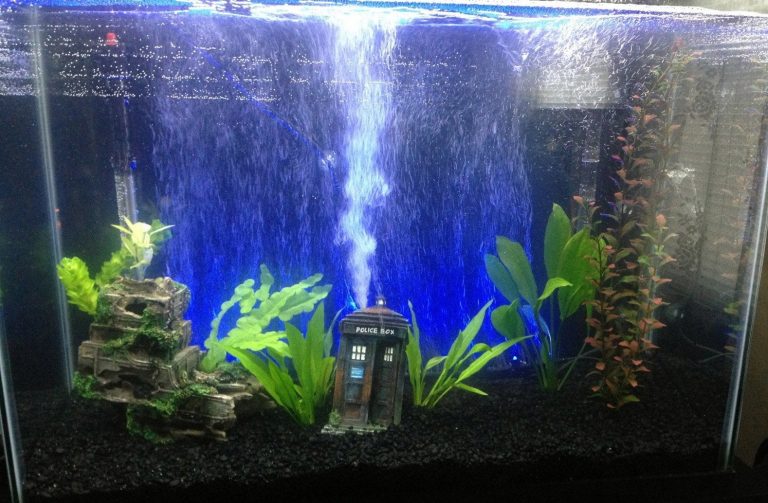Cleaner Shrimp
Cleaner Shrimp: Nature’s Tidy Crew
Looking for a diligent cleaner that won’t complain or take up space in your home? Look no further than the cleaner shrimp! These small crustaceans are nature’s tidy crew, known for their cleaning prowess and fascinating behaviors. In this article, we’ll explore everything you need to know about cleaner shrimp, from their unique appearance to their role in the marine ecosystem.
The Cleaner Shrimp’s Appearance
One glance at a cleaner shrimp and you’ll be captivated by its vibrant colors and intricate patterns. These tiny creatures, typically measuring between 1 and 3 inches in length, sport a variety of hues ranging from bright oranges to mottled browns. Their bodies are covered in a hard exoskeleton, protecting them from predators.
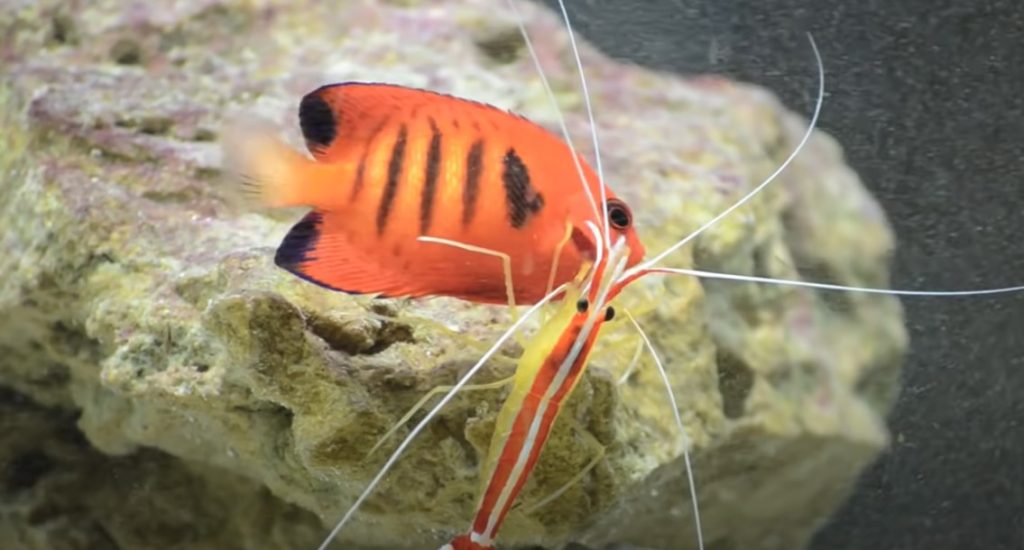
The Cleaner Shrimp’s Habitat
Cleaner shrimp can be found in various marine environments, including coral reefs, rocky shores, and even the depths of the ocean. They prefer areas with ample hiding spots and hard surfaces to establish their territories. These shrimp are highly adaptable and can thrive in both warm tropical waters and cooler temperate regions.
The Role of Cleaner Shrimp in the Marine Ecosystem
The primary role of cleaner shrimp is, as the name suggests, cleaning. They play an essential part in maintaining the health and hygiene of other marine creatures. By picking parasites, dead skin, and bacteria off the bodies of fish and other aquatic organisms, cleaner shrimp prevent infections and disease transmission within the ecosystem.
Cleaning Stations: The Social Hub
Cleaning stations are crucial to the life of the cleaner shrimp. These are specific areas where cleaner shrimp gather to offer their services to other animals. Cleaning stations can be found near coral reefs or in other prominent locations where fish congregate. The cleaner shrimp set up shop at these stations and attract clients by performing unique cleaning dances.
The Cleaning Dance: An Intriguing Performance
When a potential client approaches the cleaning station, the cleaner shrimp puts on an impressive display to grab their attention. They wave their long antennae and move their bodies in a rhythmic pattern, signaling their readiness to provide cleaning services. This dance not only draws in clients but also helps establish a hierarchy among the cleaner shrimp themselves.
A Mutualistic Relationship
The relationship between cleaner shrimp and their clients is one of mutual benefit. The cleaner shrimp gain a source of food by consuming parasites and dead tissue, while the client fish enjoy improved health and hygiene. This mutualistic relationship has evolved over time and has become essential for the overall balance of the marine ecosystem.
Other Fascinating Behaviors and Adaptations
In addition to providing cleaning services, cleaner shrimp also possess a few interesting behaviors and adaptations. Here are some notable examples:
1. Hermaphroditism: Cleaner shrimp are protandric hermaphrodites, which means they start their lives as males and may later transition to females. This unique reproductive strategy ensures the continuation of their population even in low-density environments.
2. Cleaning for Survival: Cleaner shrimp have been observed deliberately targeting aggressive fish species for cleaning. By cleaning these potentially dangerous clients, they establish a relationship of trust and reduce the risk of being eaten.
3. Chemical Defense Mechanisms: Some cleaner shrimp species possess chemical defense mechanisms to ward off predators. They secrete venomous substances that can cause pain or paralysis if threatened.
Frequently Asked Questions
Are cleaner shrimp suitable for home aquariums?
Yes, cleaner shrimp are a popular choice for home aquariums. They are relatively low maintenance, and their cleaning behavior can be fascinating to observe. However, it’s important to ensure the tank is large enough to accommodate the shrimp, and that they have suitable hiding spots and companions.
Are cleaner shrimp aggressive towards each other?
While cleaner shrimp are generally peaceful towards other species, they can display territorial behavior towards their own kind. It is crucial to provide ample space and hiding spots in the aquarium to avoid conflicts between cleaner shrimp.
Can cleaner shrimp survive without clients?
In the absence of clients, cleaner shrimp can survive by feeding on other available food sources, such as fish food flakes or pellets. However, without regular access to clients, their populations may decline, as their main source of nutrition and reproduction comes from cleaning interactions.
Final Thoughts
Cleaner shrimp are not only aesthetically pleasing but also serve a vital purpose in the marine ecosystem. Their cleaning behavior and unique adaptations make them a fascinating species to study and observe. Whether you encounter them while diving or choose to keep them in an aquarium, cleaner shrimp are sure to bring a sense of wonder and intrigue to your underwater world. So, let these diligent little cleaners inspire you to tidy up your surroundings and appreciate the remarkable ways nature looks after itself.
